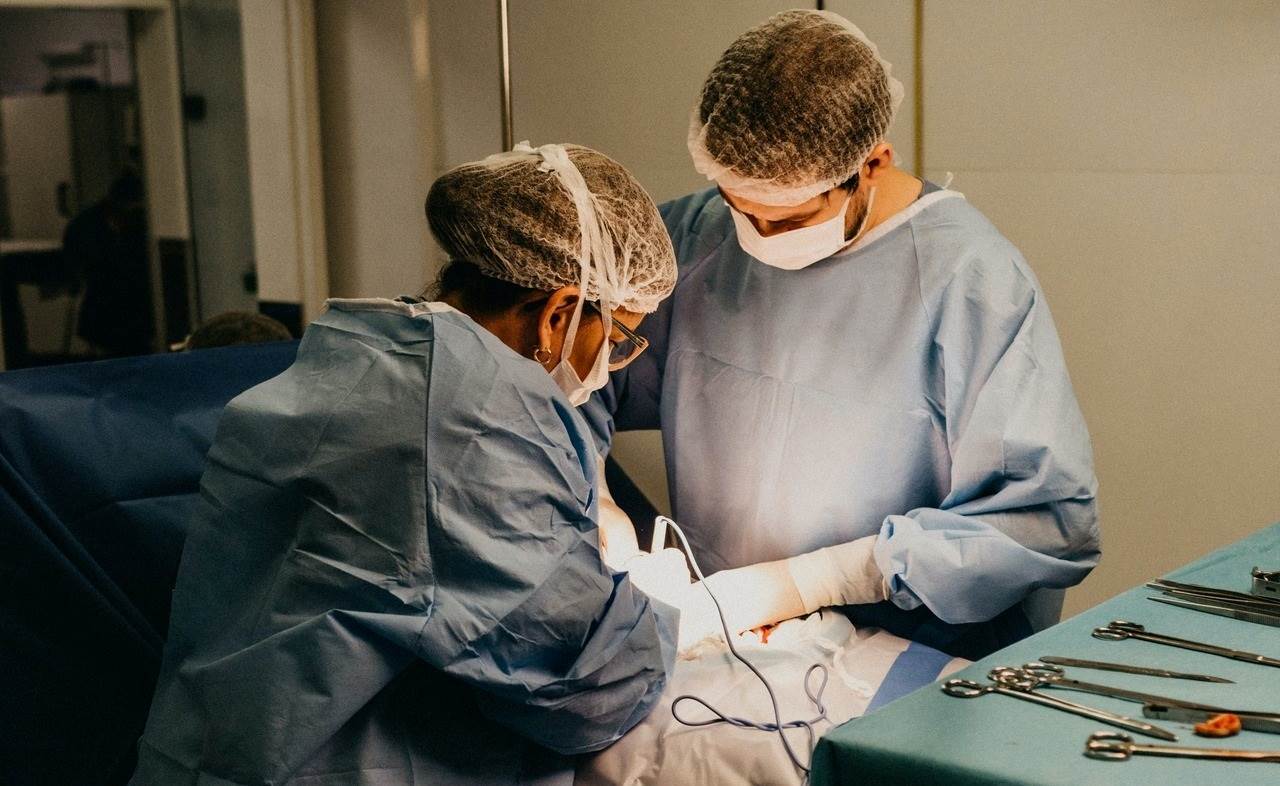Blue balls — the informal name for epididymal congestion or testicular congestion — refers to a dull ache or pressure in the testicles after sexual arousal without ejaculation. It’s a harmless, temporary condition that can feel uncomfortable but is often misunderstood. Here’s what causes it, how to relieve the pain quickly, and when it’s important to see a doctor.
What Is Epididymal Congestion?
During arousal, blood flow to the genitals increases significantly. If ejaculation doesn’t occur, that extra blood can remain in the testicular area for a short time, leading to a feeling of heaviness or ache known as testicular congestion. The sperm themselves are not “stuck” — the body continuously reabsorbs unused sperm naturally. The condition resolves once the blood drains and circulation returns to normal.
If you experience new, severe, or one-sided testicular pain, it’s best to get evaluated by a healthcare professional. Reliable medical information is available from the CDC, Mayo Clinic, and the NHS.
How Does Testicular Congestion Happen?
Sexual arousal triggers vasodilation — widening of blood vessels — in the penis and testicles. More blood enters the area, preparing for ejaculation. When arousal lasts for a long time but does not end in orgasm, the blood flow remains elevated, and small muscle contractions in the area can intensify the discomfort. This is what people call blue balls. It’s not dangerous, but it can be mildly painful until the body resets.
Blue Balls Symptoms
- Dull ache or pressure in the testicles or lower abdomen
- Occasional tightness or pulling sensation in the groin
- Slight swelling or a feeling of heaviness
- Rare mild blue tint to the scrotal skin (from temporary venous congestion)
Symptoms usually go away within minutes to a few hours, especially after ejaculation or once arousal subsides. Persistent or sharp, one-sided pain should be checked to rule out other causes.
When It’s Not Just Blue Balls
Several conditions can cause similar symptoms but may require treatment:
- Testicular torsion: Sudden, severe pain and swelling on one side, often with nausea or vomiting. This is a medical emergency — see the Mayo Clinic for details.
- Epididymitis: Gradual pain, redness, and warmth in the scrotum, sometimes with fever. Usually caused by infection — see the CDC.
- Inguinal hernia: Lump or pressure in the groin, discomfort when lifting or coughing — information at the NHS.
- Trauma: Bruising or pain after impact to the groin — guidance from the MSD Manual.
How to Relieve Blue Balls Pain
- Orgasm: The most effective and fastest way to relieve epididymal congestion.
- Cold compress: Apply for a few minutes with a cloth between the pack and the skin — never directly on skin.
- Movement: Light walking or stretching helps blood circulation return to normal.
- Relaxation: Deep breathing, distraction, or lying down can help the body reset.
- Loose clothing: Avoid tight underwear or pants that add pressure.
If symptoms don’t improve or the pain is sharp and localized, see a doctor immediately. True medical emergencies like torsion can look similar but need quick surgery to prevent damage.
Prevention
Blue balls typically occur when sexual arousal stops suddenly without orgasm — for example, if sex is interrupted or intentionally withheld. Allowing arousal to fade naturally or reaching orgasm prevents most cases of testicular congestion. Many partners aren’t aware that it’s a physical reaction, not psychological — open communication helps prevent discomfort and misunderstandings.

Blue Balls Myths and Facts
- Myth: It’s caused by trapped sperm. Fact: It’s blood congestion, not sperm build-up; sperm are constantly reabsorbed.
- Myth: Blue balls can make you infertile. Fact: There’s no link between epididymal congestion and fertility issues.
- Myth: Only teenagers get it. Fact: It can affect anyone after prolonged arousal without orgasm.
- Myth: Heat works better than cold. Fact: Brief cooling tends to relieve pain faster for most men.
- Myth: The testicles actually turn blue. Fact: Visible discoloration is rare; if it happens, get checked immediately.
- Myth: It won’t go away unless you masturbate. Fact: It usually resolves as blood flow normalizes; orgasm simply speeds up the process.
- Myth: It’s all in your head. Fact: It’s a genuine physical reaction, not psychological.
- Myth: Exercise instantly cures it. Fact: Light movement helps; heavy workouts can worsen the ache temporarily.
When to See a Doctor
- Sudden, intense, or one-sided testicular pain
- Noticeable swelling, redness, or hardness
- Fever, nausea, or vomiting
- Color changes or bruising that doesn’t fade
- Pain after injury that persists
- Discomfort lasting more than a few hours or recurring frequently
More information: CDC: Testicular pain, CDC: Epididymitis, Mayo Clinic: Testicular torsion, NHS: Testicular pain.
Conclusion
Blue balls (epididymal congestion) are uncomfortable but harmless. The ache comes from short-term blood congestion after prolonged arousal without ejaculation. Ejaculation, light exercise, short cooling, or simply letting arousal fade are all effective remedies. If pain is severe or lasts more than a few hours, get medical care to rule out emergencies like testicular torsion or infection.

